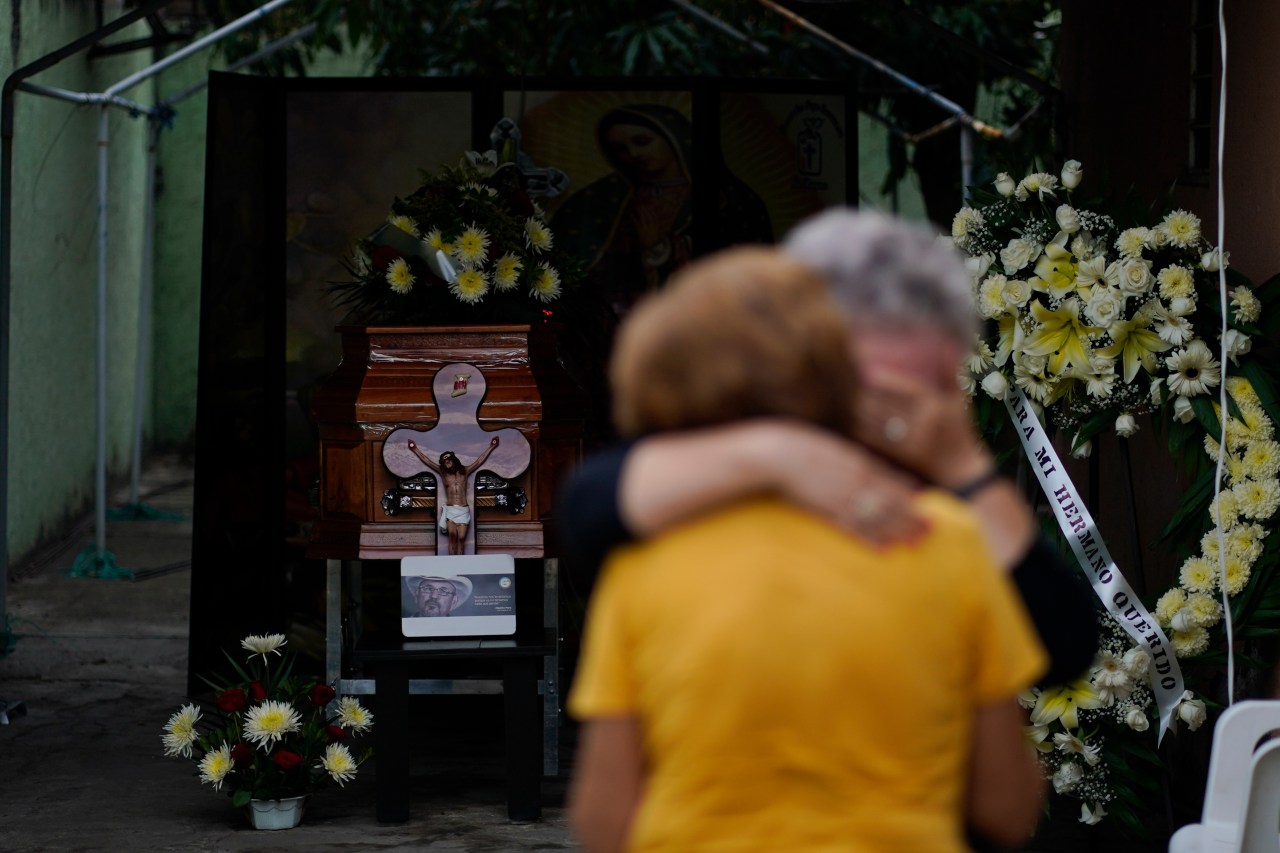Mexican cartels have seen a surge in growth in their participating members over the last decade, according to a new study, to the point where they have effectively become the nation’s fifth-largest employer.
Researchers created a mathematical model using homicide, missing persons and incarceration data to track cartel recruitment. Their study, published Thursday in the journal Science, found that some 175,000 people in Mexico are employed by 150 different cartel groups.
The researchers said they hope their study can help analysts and governments who “have long struggled to understand cartels” and find a “better way out of this cycle of violence.”
In the last ten years, 37 percent of known cartel members had been killed or incarcerated, and yet the size of cartels grew. The researchers found they must have recruited nearly 20,000 members a year to make up for losses.
An unrelated report released by the U.S. Drug Enforcement Administration in July estimated that the two largest cartels, Sinaloa and Jalisco New Generation, employed more than 44,800 people. The study’s author, Rafael Prieto-Curiel, a former Mexico City police officer, said his model showed a similar number of 46,000 cartel members in those two groups.
Neither of those numbers might be fully representative of the total number though, the Thursday report said.
“The model only accounts for those directly involved in work that puts them at risk of violence, and not members—such as bankers—who help move and launder cartels’ money,” it stated.
Victoria Dittmar, a researcher for Insight Crime who did not take part in the study, told The Guardian that the numbers depend on the definition of a cartel and what constitutes membership.
“It can be very difficult to say who is a member of a criminal organization and who isn’t,” Dittmar said. “What about a politician that receives money? Or someone who cooperates with the group just once?”
Other researchers have said Prieto-Curiel’s July study is a breakthrough because previous attempts to fight organized crime by the cartels have failed — and the study has shown combatting the crime starts with decreasing the cartels’ ability to recruit new members.
“At least we know we have to focus on that question rather than just sending more money to armed forces and building prisons,” said Carlos Gershenson, a computer scientist at Binghamton University who did not participate in the research. “You need to cut the source of the problem rather than dealing with the consequences.”



They absolutely are. Each cartel is a group of various drug lords all operating together to keep the price of their product high, and enforce that through violence.
The Sinaloa cartel for example is one organization of drug lords colluding and operating together across numerous nations and territories. It was originally an agreement between El Chapo and Izmael Zambada Garcia to work together trafficking drugs instead of competing because it meant more profit for both of them.
Combined, correct they are not one cartel. That’s why it says cartels and not “the cartel”.
The Mexican drug “cartels” barely fit the economic definition of the term, which is rarely if ever used for criminal organizations. The Mexican gangs get the label for political and sensational reasons. This interview disabused me of using the cartel label.
I’ve read Zavala’s book and he makes good points but ignores critical factors because he looks at it from a traditional national and political view.
The cartels do not recognize the Mexican federal government largely. They view themselves as the rulers of the territories they operate in and compete with other ruling parties in their territories. Not competing organizations operating within a nation and subject to that umbrella. They essentially are their own autocratic governments.
OPEC is like the poster example of a cartel, but they operate in a competitive global oil market against other nations like the US, Russia, and Canada. They formed to compete against the predominant oil cartel in the 60s and 70s (the seven sisters) to restrict competition and increase oil profits among member states. The fact that one organized cartel competes against other players doesn’t make them not a cartel.
The drug cartels operate similarly. They are agreements between drug lords that were powerful locally to not compete against each other and consolidate their power and resources to gain more market share against other competing parties. Same as how OPEC was a group of oil producing.
He’s also wrong that the narco trafficking entities in Mexico don’t have a defined hierarchy structure or level of power that a cartel would have. They absolutely do have defined power hierarchies, chains of command, and a top down power structure from the leaders to the street runners. They also have significant power and control over their territories, largely ruling entirely uncontested. They have better training and better weaponry than the Mexican army and federal police. They are essentially their own nations.